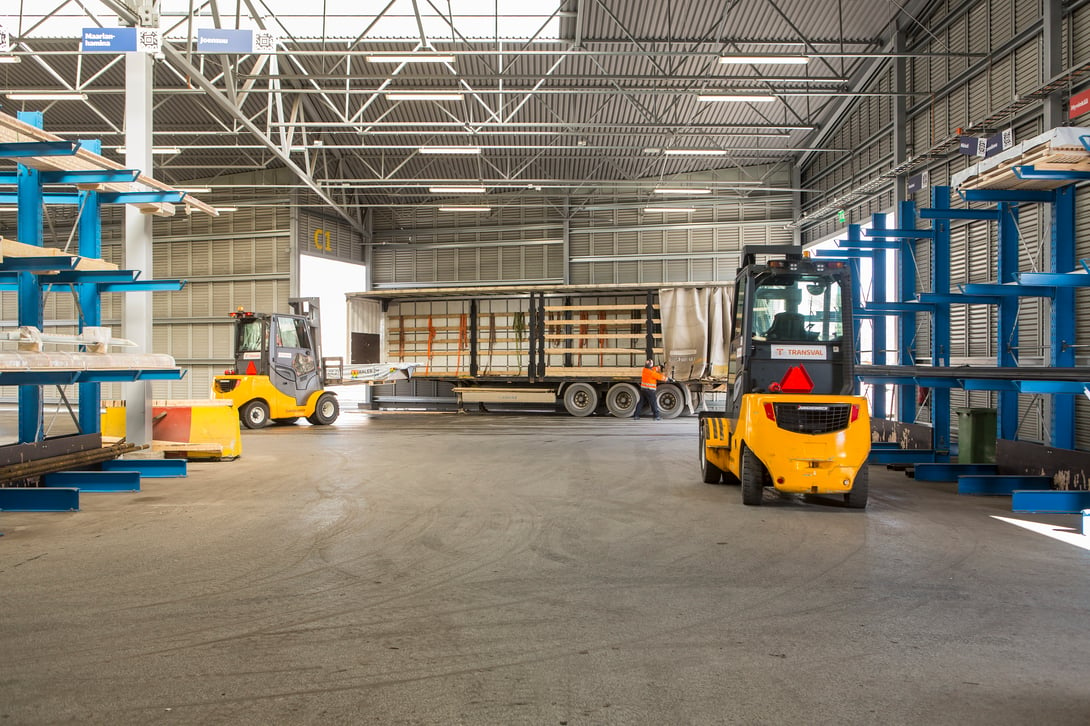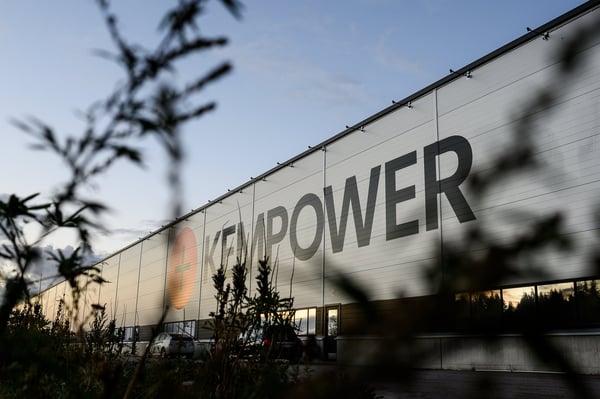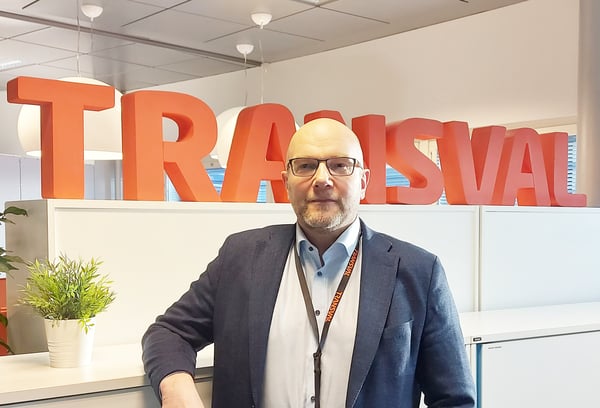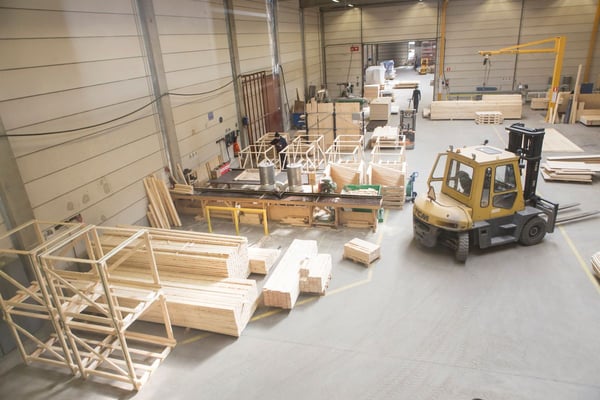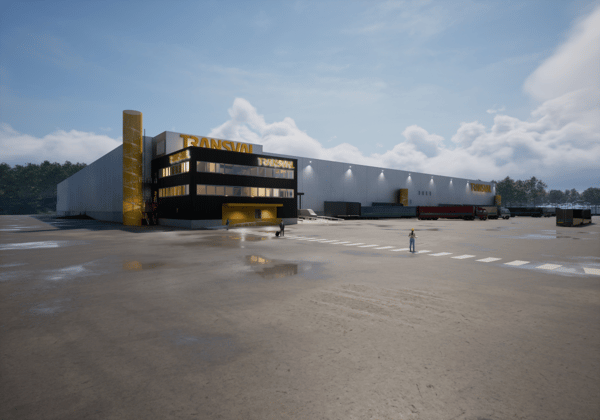Many companies' warehouses, terminals, factories or production plants have significant potential for improvement in the management of in-house logistics and material flows. We encourage companies to put their own logistics and material flow management KPIs on the agenda, as well as delivery quality and punctuality issues.
"Are the operational metrics up to date, can they be used to improve operations and should you involve a logistics partner with expertise in this area?"
Measurability in material flows: data matters
Enterprise resource planning systems do a good job of managing production processes, but they rarely do much to effectively manage modern total logistics. If material flows could be captured before and after the production phase, it would be possible to extract a lot of useful data for operational improvement.
The systems in place do not usually provide enough information, but complementary measurement systems have been developed to monitor the different stages of the processes to a greater extent than is usually the case and to share this information in real time with the various parties involved. The data obtained can be used to further improve operations using Lean Six Sigma tools. If such data is not available, the scope for improvement is limited.
"Real-time information and data help in the day-to-day management of operations. What was done yesterday and how it was done yesterday affects today. Where did we do well, where can we improve? Continuous improvement of operations and day-to-day activities are the cornerstones of success."
One area for operational improvement is the separation of production activities and in-house logistics. In many cases, companies manage these intermittently, for example, fitters spend their time on picking, which is not an efficient use of resources. This also makes it difficult to visualize the costs of the different stages of the work and thus to generate efficiencies or savings.
"When activities are segregated, improving in-house logistics can improve the flow of production and allow, for example, fitters to spend their time on their actual work. The end result is improved production lead times, allowing capacity to be increased without investing in production technology."
Flexibility of space, equipment, staffing and skills at the heart of the process
By outsourcing material flow management and in-house logistics, companies can move away from a world of fixed space and staff costs to flexible service contracts with costs determined by the resources available. This allows for scaling up and down, so that in high times, space and manpower are always available when needed, and in low times, there is no wasted cost - and employees don't stand around with their hands in their pockets without a job.
"Cost savings are not the only reason to outsource - growing companies may need more production space, for example, without expensive investment in new premises. The same applies to the need for skilled staff: work should be done every hour on the task where it is needed at the time and the skills to match the workload should be available to match the volume."
A company's own space can be freed up by taking warehouse space for its own core business and transferring the warehouse, some of the assembly work and its management to another, external service provider. Many organizations are already aware that these things need to be developed, but their own fins are not sufficient and support from outside is needed.
Relate to volume and workload
The time and skills of facilities, equipment and logistics professionals should be commensurate with the current volume and workload.
"To put it crudely, in a peak period, staff work in cramped conditions, with limited equipment, in a hurry and under pressure, which can compromise safety and quality. In a downturn, on the other hand, premises are half-empty, equipment stands still and staff may have to be dismissed or laid off. Capital is tied up and there is no flexibility. One solution to respond to volume fluctuations and improve logistics efficiency is to partner with logistics professionals."
You can start by hiring a couple of professionals from a partner for your logistics operations, then outsource part of the production to a partner and use the logistics partner's facilities in addition to your own for your own needs. It is crucial to ensure that the logistics partner understands the company's needs and knows what solutions the company needs to operate more efficiently. Several hundred companies rely on our company and our staff. We are responsible for all or part of the production at our client companies' own facilities. We also take responsibility for the continuous development of processes and operations. This is where we, and many of our customers, believe we have the best people in Finland. We also offer our customers certified, secure warehouse facilities.

